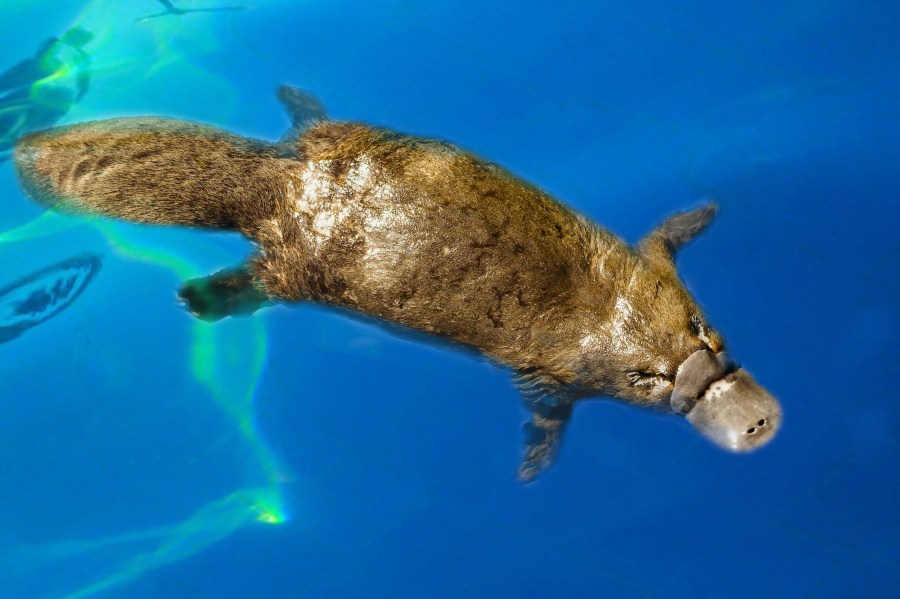
The platypus, often considered nature’s ultimate oddity, is a truly unique creature in the animal kingdom. Native to Australia, this small mammal has a set of extraordinary characteristics that set it apart from all other mammals. In this article, we will look at why the platypus is truly one of a kind.
Evolutionary anomaly
The platypus is an evolutionary marvel, whose characteristics appear to be borrowed from several different species. It stands out among mammals for its duck-shaped beak and beaver-shaped tail. This fusion of features makes it incredibly distinctive and instantly recognizable.
One of the most fascinating aspects of the platypus is its ability to lay eggs. While most mammals give birth to live young, the platypus follows a more reptilian reproductive strategy. Female platypuses lay their eggs in underground burrows and incubate them until they hatch. This unique feature shows how evolution can lead to unexpected adaptations.
The platypus has a remarkable set of senses that make it a formidable hunter in its aquatic environment. Its beak acts as a sensory organ capable of detecting electrical signals produced by prey underwater. This electroreception ability allows the platypus to locate small aquatic creatures with remarkable precision.
In addition to electroreception, platypuses have highly developed hearing and visual abilities. Their eyes are particularly adapted to underwater vision, allowing them to spot their prey even in murky waters. These exceptional senses contribute greatly to their survival when navigating their habitat.
Venomous defense mechanism
Unlike most mammals, which rely on physical strength or agility to defend themselves, the male platypus has venomous spurs on its hind legs. Although not fatal to humans, these spurs cause an excruciatingly painful sting. This venom is mainly used during territorial conflicts with other males.
Platypus venom is a complex cocktail of proteins that can cause intense pain and swelling. It serves as a powerful deterrent, ensuring that potential predators think twice before attacking. This unique defense mechanism adds to the intrigue surrounding this extraordinary creature.
Adaptations to aquatic lifestyle
The platypus is perfectly adapted to its semi-aquatic lifestyle. Its webbed feet and streamlined shape allow for efficient movement on land and in water. The webbing between its toes allows it to paddle easily through the water, while its dense fur acts as an insulator, keeping the animal warm even in cold environments.
Another fascinating adaptation is the platypus’ ability to close its ears and nostrils when diving underwater. By doing so, it can remain submerged for long periods of time without needing to resurface to breathe.
Conclusion:
The platypus stands out among mammals for its remarkable combination of characteristics and adaptations. From its evolutionary anomaly and sensational senses to its venomous defense mechanism and adaptations to an aquatic lifestyle, this creature continues to fascinate scientists and nature enthusiasts. The unique character of the platypus reminds us that nature has an incredible capacity for innovation and surprises us with extraordinary creations like this unique mammal from the Antilles.
This text was generated using a large language model, and selected text has been edited and moderated for purposes such as readability.
